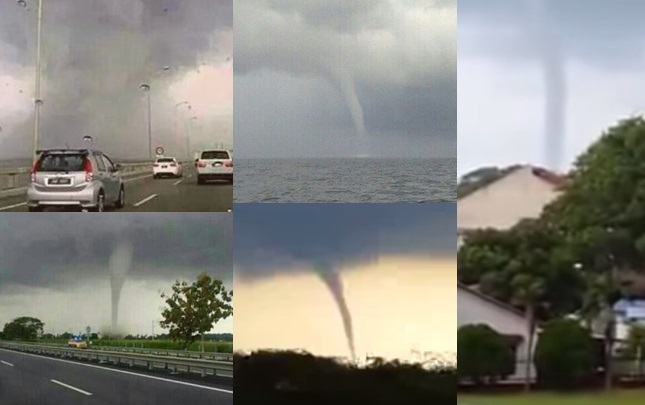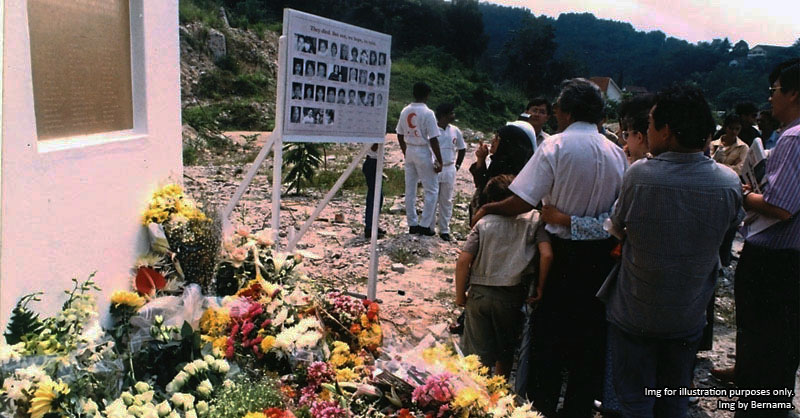Whoa, Msia tsunami exercises develop cool new ways to survive?
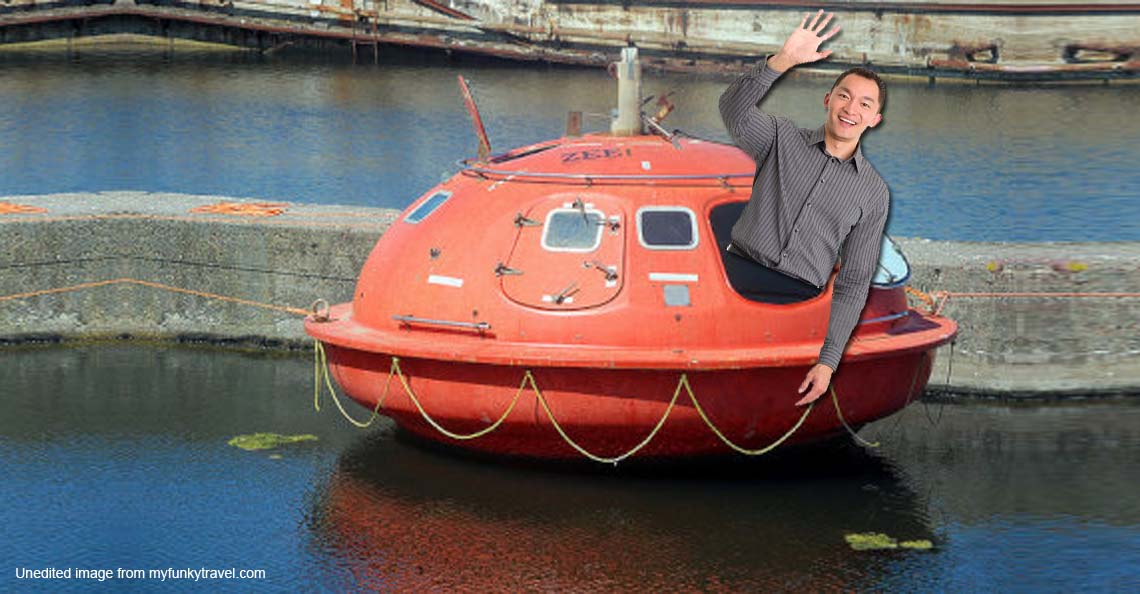
- 1.7KShares
- Facebook1.7K
- Twitter3
- LinkedIn1
As Chinese New Year is coming up, the last thing you would expect in Malaysia is to see a lot of water. Now it seems we have to worry about a HUGE WALL of water. Chup! Don’t panic. We’re NOT saying a tsunami is coming. But the Meteorological Department released this press statement announcing a tsunami exercise. On Thursday (4 Feb), Malaysia is joining 15 other countries in Exercise Pacific Wave 2016 (PacWave16).
This is just a programme to make sure countries are ready to face tsunamis if and when they happen. So we repeat, PLEASE DON’T PANIC, there isn’t going to be a tsunami.
Wait, wait, den why do we need a tsunami exercise? Malaysia is a comparatively natural disaster-free zone wut. Our lovely geographic location is surrounded by countries that partially protect us from tsunamis. Plus we are on a stable plate in the Earth which minimises direct risks of earthquakes and volcanoes. The worst we usually face oso are floods, landslides and droughts.
But remember what happened the day after Christmas in 2004?
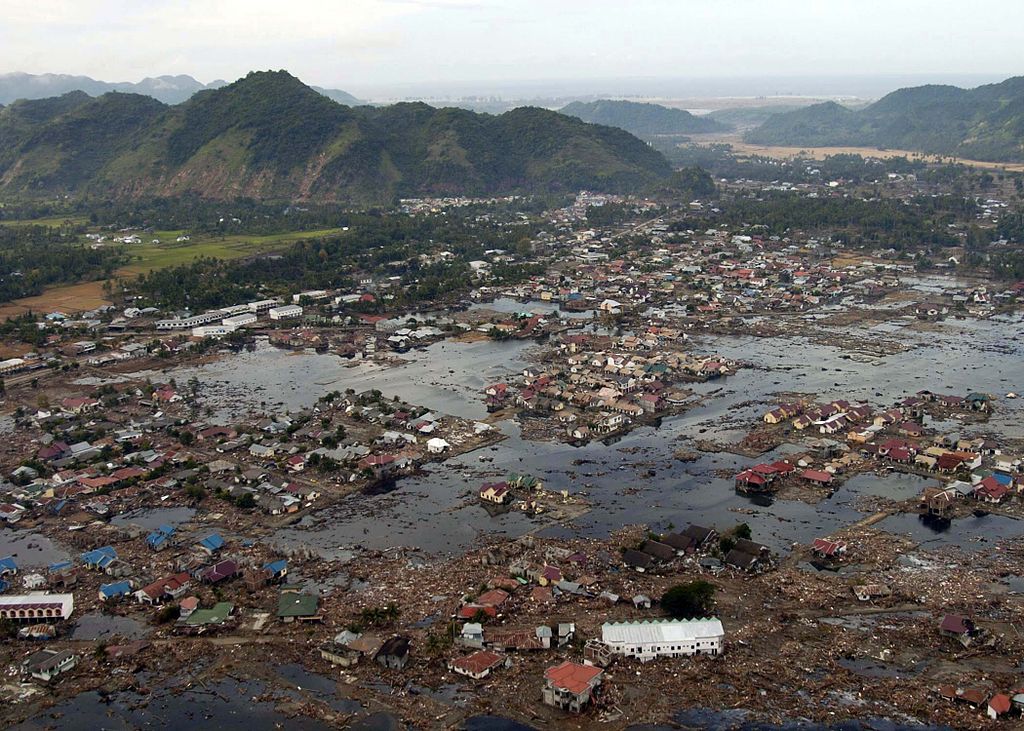
It will always be remembered as the darkest Boxing Day (Boxing Day is the day after Christmas)…
On 26 Dec 2004, the Indian Ocean earthquake struck, creating the Boxing Day Tsunami – the WORST tsunami in history! Even Malaysia could not escape from it. Despite how close we were to the centre of the earthquake, we did at least escape the kind of damage that struck countries much further away, thanks to the protection of Sumatra island.
In Malaysia, the worst affected places were the northern coastal areas and islands. Our death toll reached up to 68 people (52 in Penang, 12 in Kedah, 3 in Perak, and 1 in Selangor). Watch this video to see how the waves hit Penang:
So, if a tsunami struck us once, what’s to stop it from happening again? In fact, our casualties could have been a lot higher, had it not been for a simple red flag warning used by lifeguards on the beaches in Penang. Suddenly, the idea of having a tsunami exercise with 15 other countries doesn’t seem like such a strange idea…
So what kind of exercise is it? Can it help us run from tsunamis faster?

Sorry guys, it’s not that kind of body-beautifying exercise. On the bright side, there are tons of running events this year you can join.
PacWave16 is more of a tabletop exercise – that means like conference and classes, more theory rather than practical. It will cover communication training and information transmission, so unfortunately it won’t be conducted down to rakyat level yet this year. But stay tuned for PacWave17 la, coz it’s gonna be more inclusive, with full staffing during working hours, and minimal staff during the night, or weekend.
“It aims to examine each country’s disaster management procedures and the use of forecast products of the Northwest Pacific Tsunami Advisory Centre (NWPTAC) in Japan.” – Met Dept Malaysia, Bernama
So this exercise is to test and improve the new warning systems in the 16 countries and implement them full swing by 2018. What we currently have in Malaysia are watch towers manned by Civil Defence Department officers and sirens which warn people once a tsunami is spotted. But you see how primitive that is? To wait until you SEE the tsunami, then oni start running away is a bit too late right? Unless you can run like this guy:
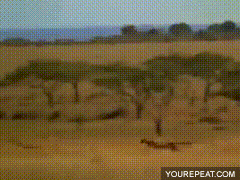
The new system is way cooler than the old one. Here’s why…
What makes the new Pacific Tsunami Warning Center (PTWC) product different from our current warning system is:
- Having a threat forecast, so it can predict tsunamis before they reach a particular country.
- It can calculate the approximate height of waves oso! Not bad huh?
This is how it works – each country has its own National Tsunami Warning Centers (NTWC) which in Malaysia is none other than our Met Dept. From PTWC’s base in the US, they send out alerts to every country’s Tsunami Warning Focal Point (TWFP). In Malaysia, they’re located at:
- Kota Kinabalu
- Bintulu
- Sandakan
- Lahad Datu
- Kuala Terengganu
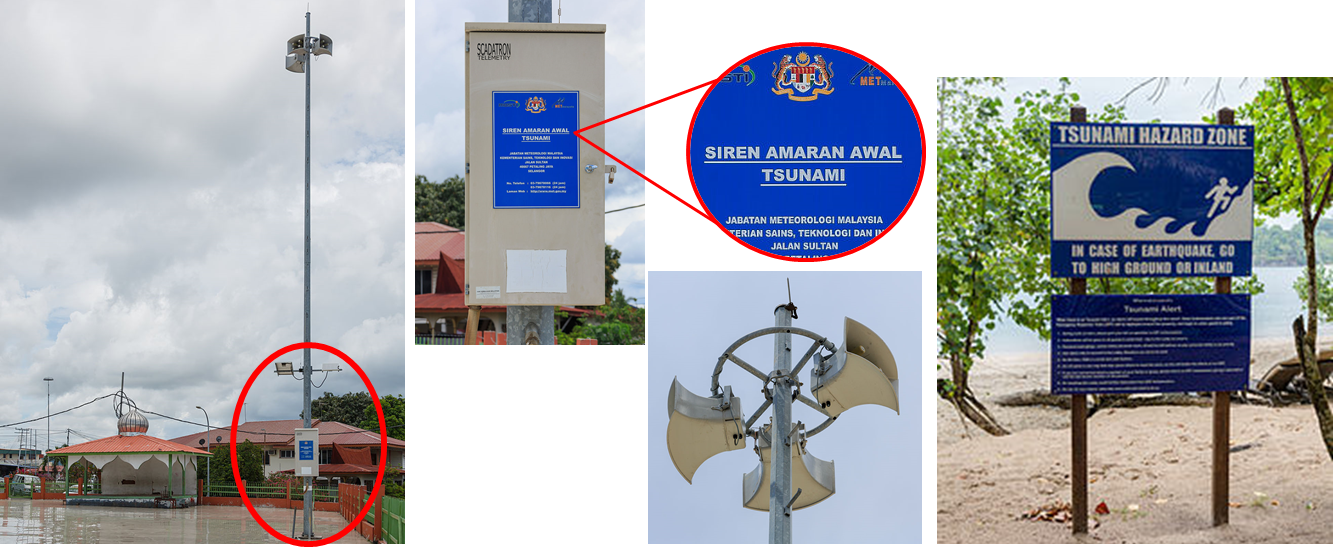
You might have seen these scary-looking signs on beaches and sirens, but now with the new training, the response time might be much sooner! Imagine how many more lives they can save liddat.
Each TWFP will receive statistical and graphical info with new and improved details. After that, the PTWC’s job is done and the baton is passed to our Malaysian side (as well as other countries) to warn the rakyat. How? Well, be prepared for an onslaught of irrinnoying alerts:
- Sirens. Duhh!
- The Met Dept will send everyone SMS, calls, online alerts and fax.
- Automatic voice announcement for all landlines called Fixed Line Alert System (FLAS).
- RTM and other TV stations will broadcast it live.
Ordinarily, this ‘spamming’ would be annoying, but if it’s a tsunami alert, we better be on our toes!
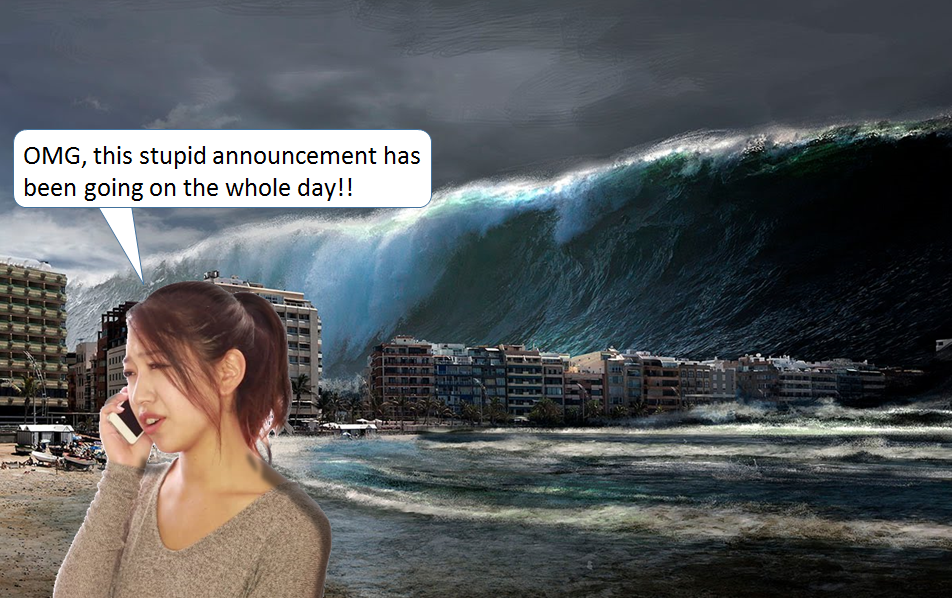
So the whole point of this exercise is to train each country’s team to correctly interpret the info given by the PTWC and their methods of evacuation.
Each country will participate in a mock tsunami scenario (they can choose from 6 different scenarios). Tsunami messages will be simulated and sent to focal points for reviewing. Then see la how each country’s team scores from there and how they can improve on their response times.
On our end, the teams involved are the National Disaster Management Agency (NaDMA), Civil Defence Department (JPAM), Royal Malaysia Police (PDRM) and Radio Television Malaysia (RTM). It’s damn fast and they’re expected to respond in under 10 minutes!
So after this training Malaysia will be tsunami-proof?
Well, we can’t be tsunami-proof unless that Raja Bomoh guy can put a force-field around Malaysia. But hey, at least with this training we can be better prepared to handle evacuations next time.
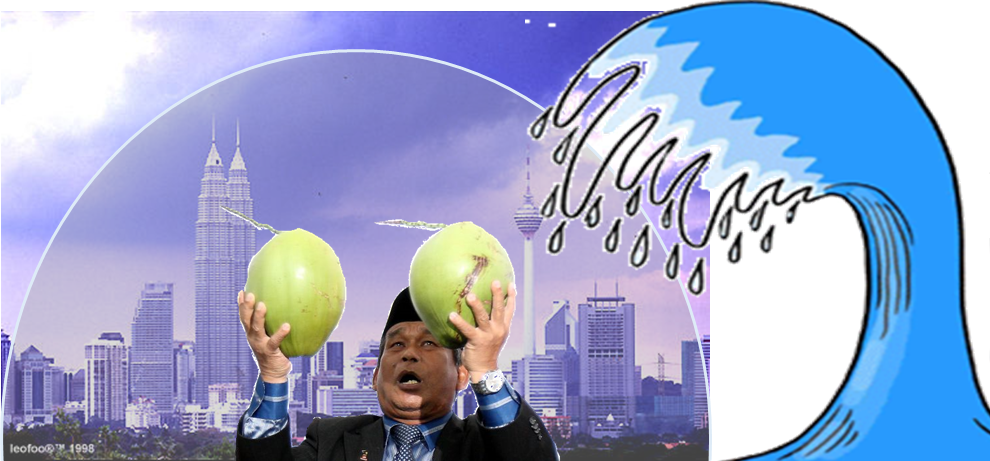
The first thing we as the rakyat can do is to not panic and not be influenced by rumours, or spread them around. The Met Dept advised everyone to keep calm when they hold the training today, but they are right to be concerned la coz there were cases where people spread false information about tsunami warnings. Here’s one reported by Free Malaysia Today on 8 Jun 2015 and another by The Star on 28 Dec 2014.
On 9 Sept 2014, the Met Dept had released a circular asking people to stay away from beaches in Langkawi, Penang and Perlis. People thought it was the real thing and it went viral….but it was actually just a drill. The two-day Indian Ocean Wave 2014 (IOWave14) exercise is held every 2 to 3 years and Malaysia participates. Aiks, no one noticed the ‘Latih Amal’ on the circular maybe:
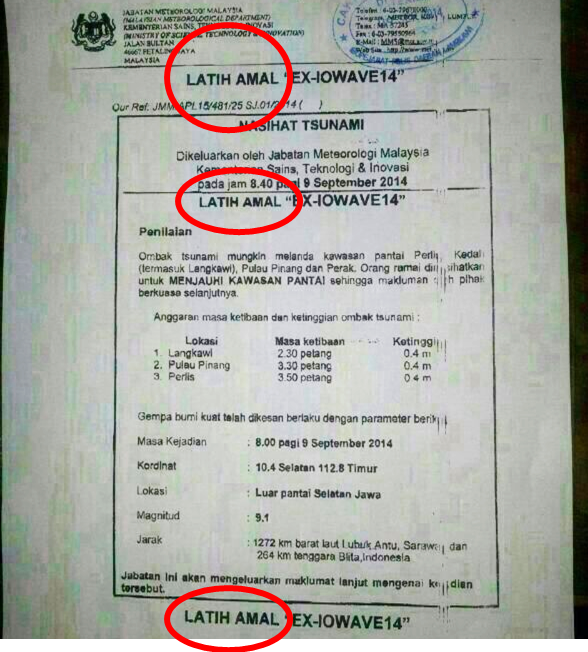
But yeah, Malaysia does do tsunami drills off and on, so it’s not unusual or anything to be concerned about. However if it was not clear enough, maybe there’s a better way the Met Dept can communicate so people will won’t be confused any more. After all you wouldn’t want people to be chilling on their living room sofa when a real tsunami strikes! At the end of the day, if you are really unsure, it’s best to confirm with the Met Dept itself:
- MetMalaysia website
- Official mobile web
- Hotline: 1300221MET (1638)
Secondly, it’s important for the Malaysian team to keep practising and participating in these exercises. We get so much out of learning from countries like Japan, that are expert at handling natural disasters. Japan’s emergency drills organised by public and private sectors transport ‘stranded’ commuters from their offices to their homes.
Tsunami safety is the main thing when it comes to planning coastal cities throughout the country. Along their east coast, where tsunamis often hit, they’ve built hundreds of tsunami-proof shelters, on top of their seawalls and fort-like floodgates. Not to mention, the innovative Japanese have come up with safety pods like these ones:
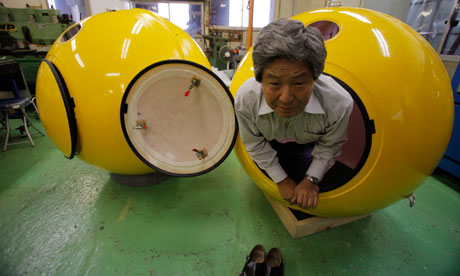

Sorry ugaiz, tsunami capsules are not available in Malaysia right now. But hey, maybe we could order some la from the Japanese during the exercise.
At the end of the day, we need to sensitise the population to the drills, so they can cooperate with the authorities to ensure everyone makes it to safety. We need to train the right kind of behaviour in the event of a disaster and more importantly Malaysians shouldn’t become complacent about it like the villagers in ‘The Boy Who Cried Wolf’.
- 1.7KShares
- Facebook1.7K
- Twitter3
- LinkedIn1

